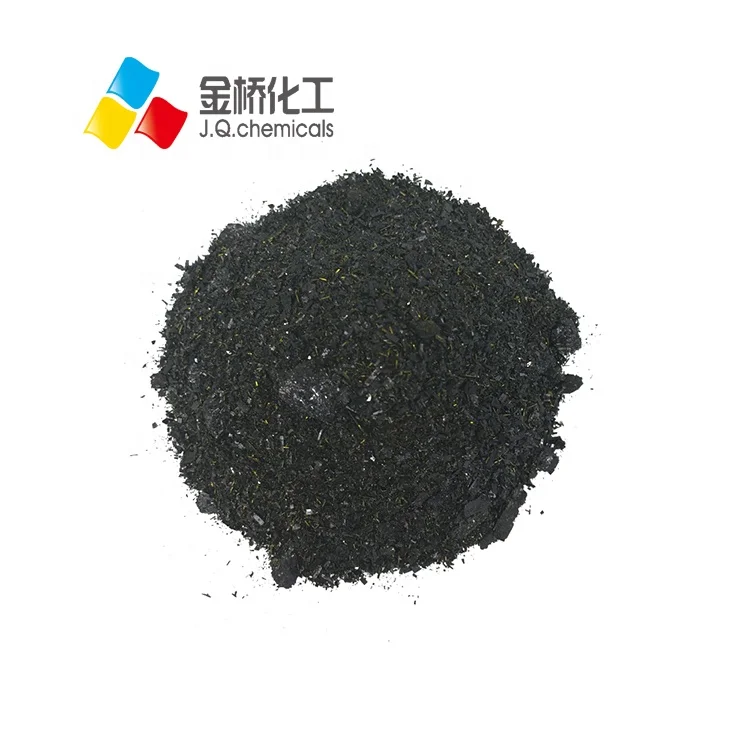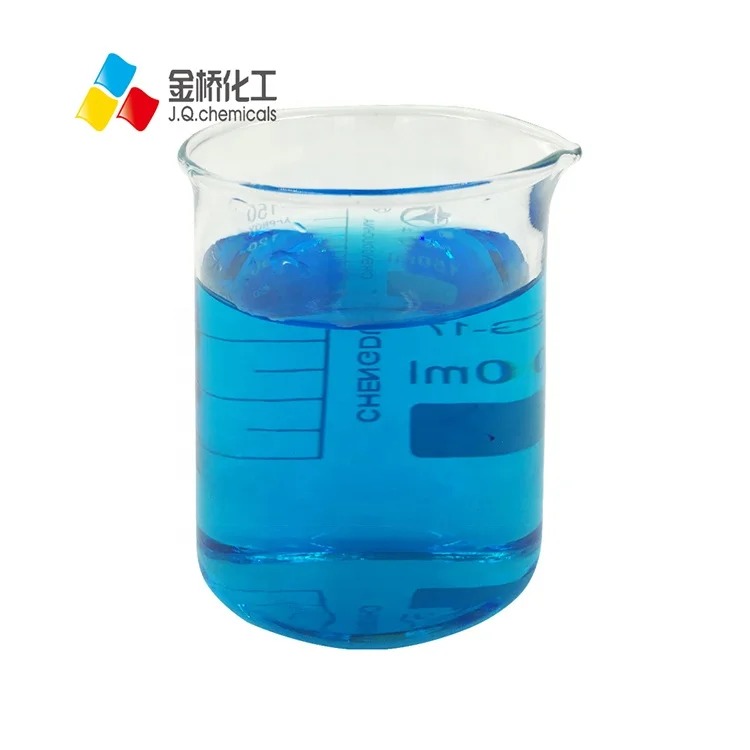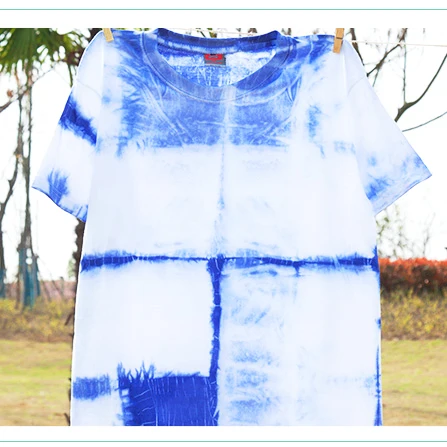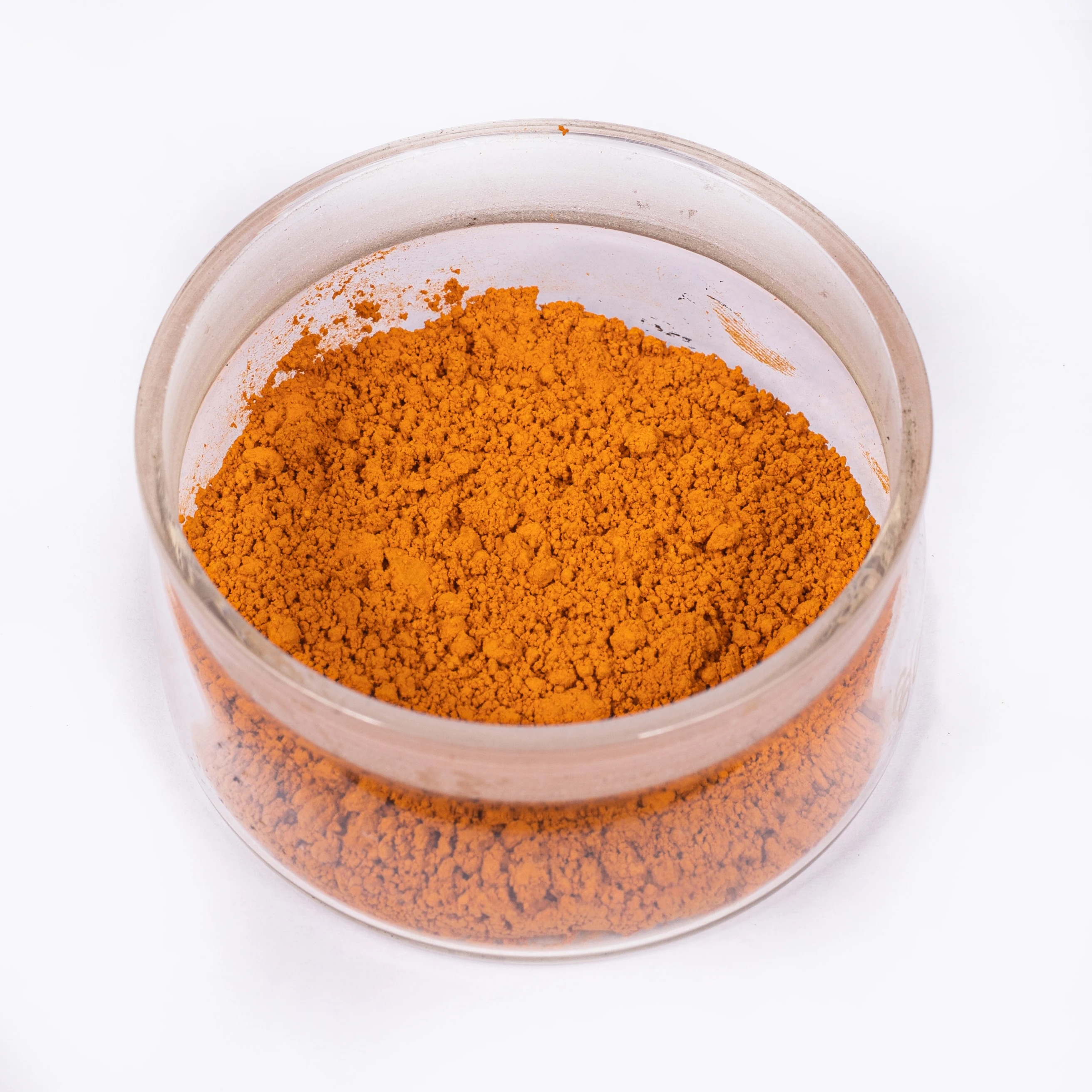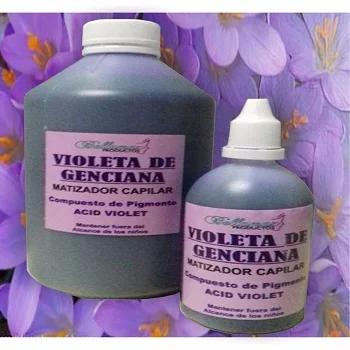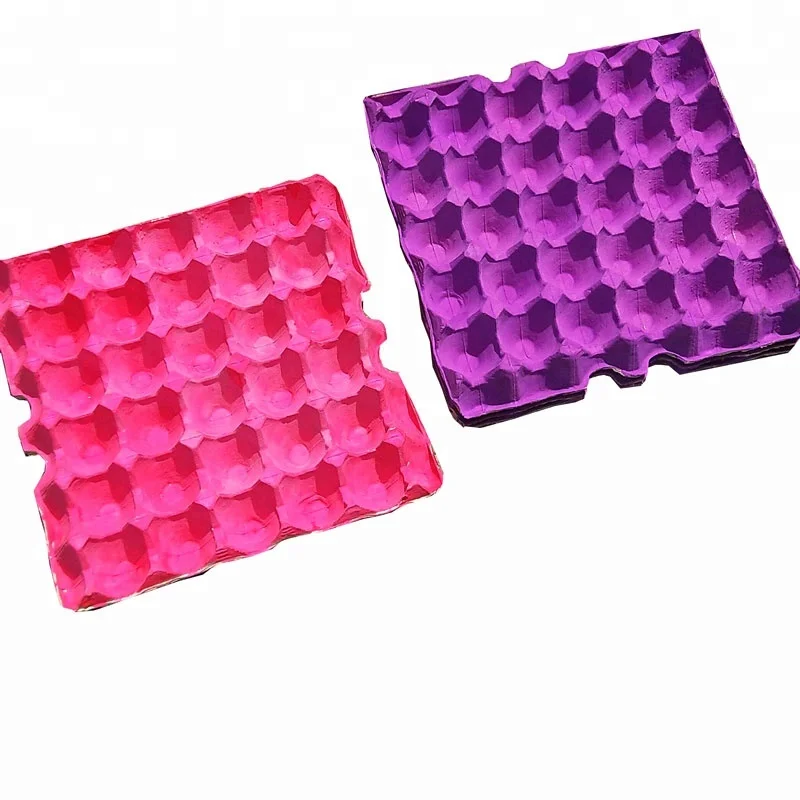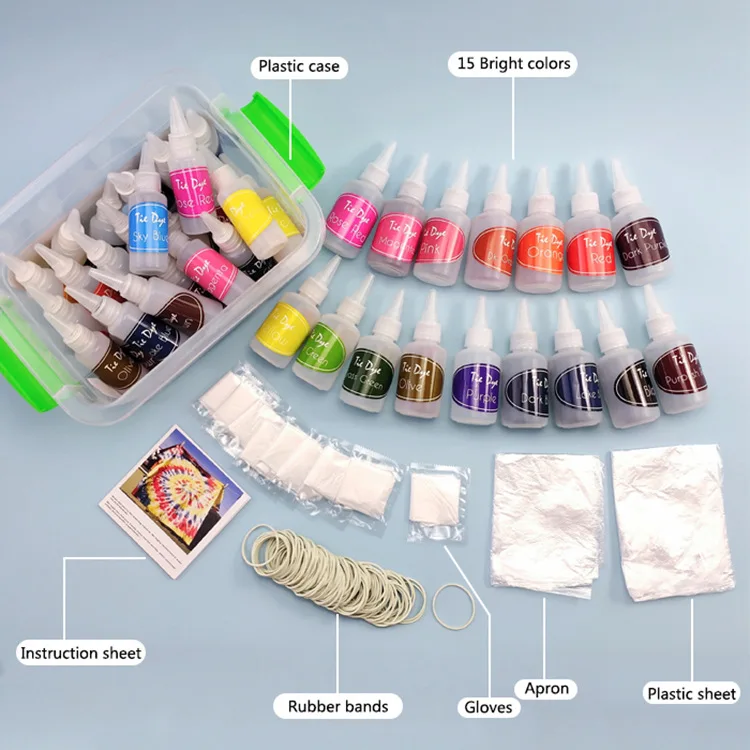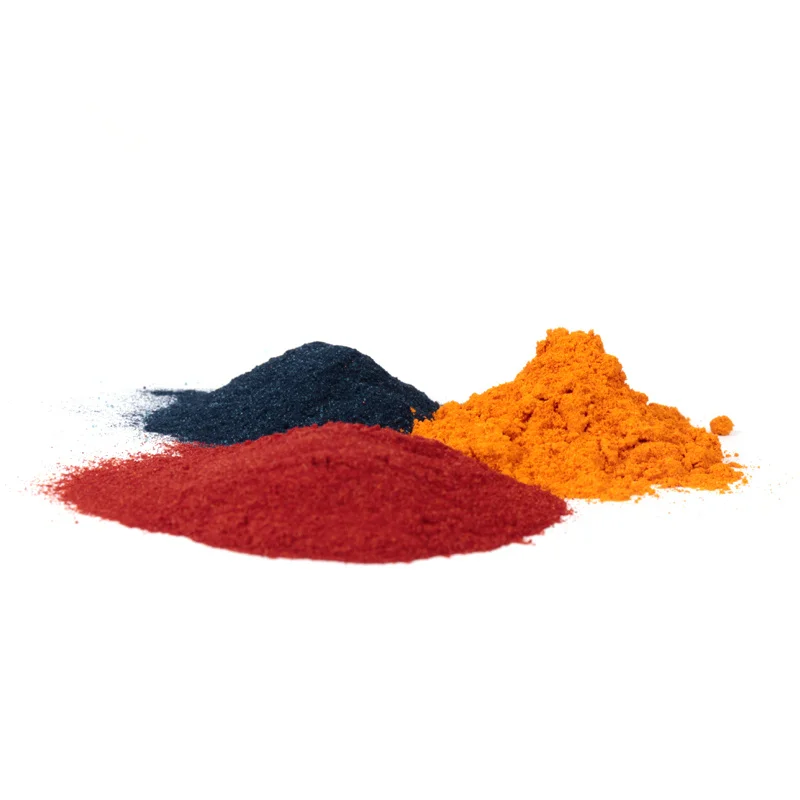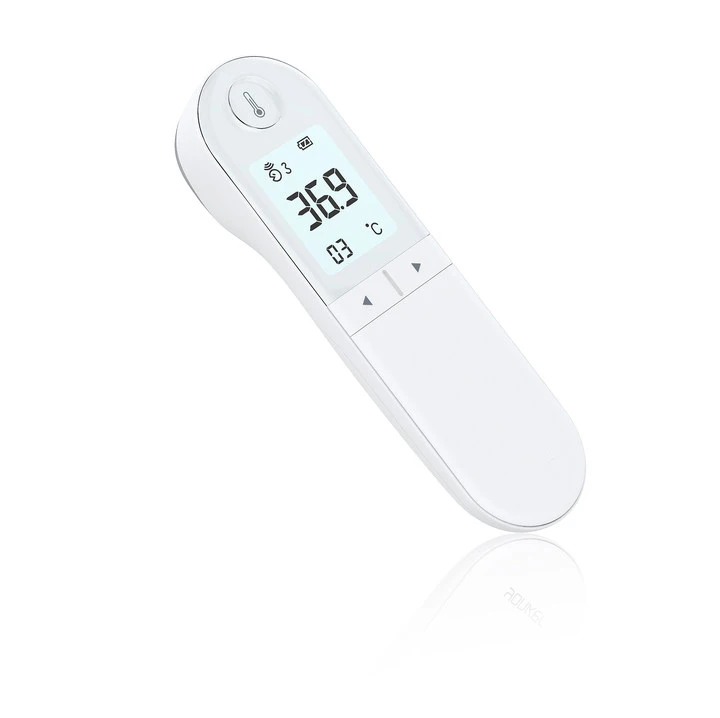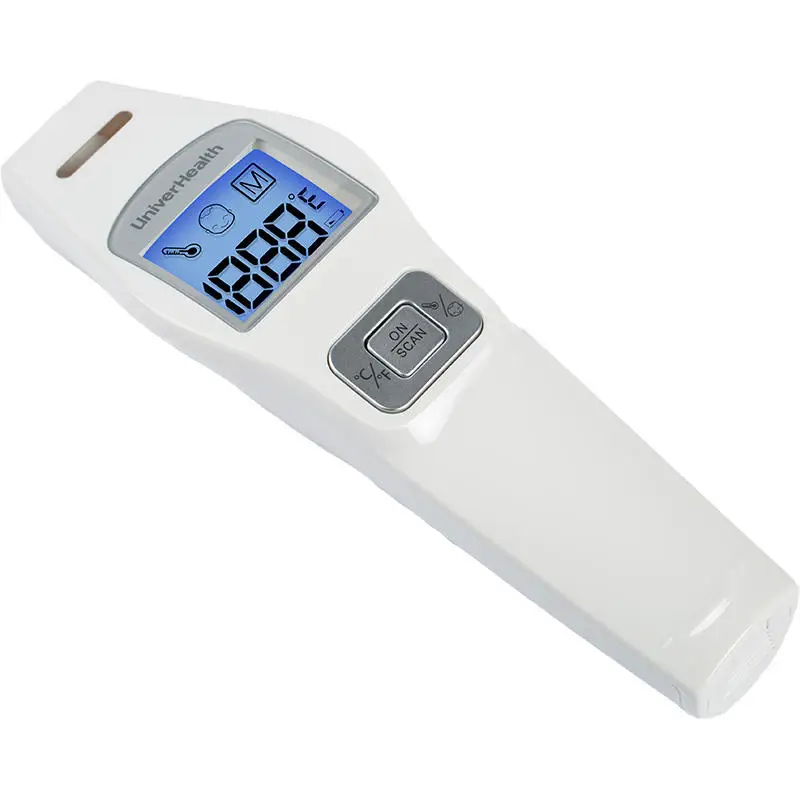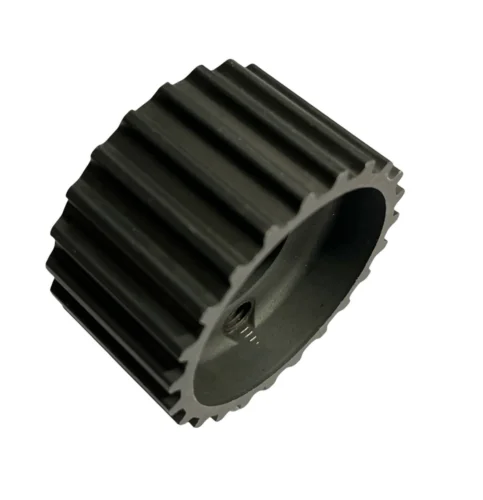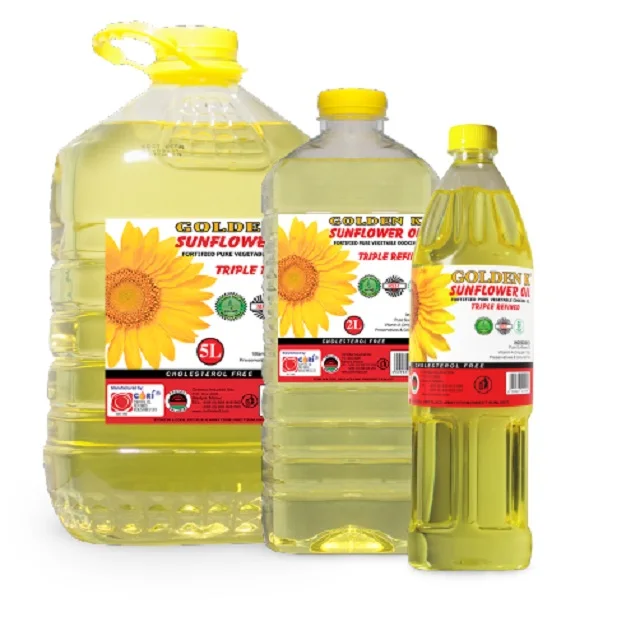CAS 7220 79 3 фармацевтический класс базовый синий 9
- Категория: Красители >>>
- Поставщик: Hunan Jqmaterial Tech Co. Ltd.
Сохранить в закладки 60790775640:
Описание и отзывы
Характеристики
CAS:7220-79-3 Pharmaceutical Grade Basic Blue 9
Basic Blue 9 also known as methylthioninium chloride, is a medication and dye. As a medication, it is mainly used to treat methemoglobinemia.Specifically, it is used to treat methemoglobin levels that are greater than 30% or in which there are symptoms despite oxygen therapy.[3] It has previously been used for cyanide poisoning and urinary tract infections, but this use is no longer recommended. It is typically given by injection into a vein.


Methylene blue is employed as a medication for the treatment of methemoglobinemia. This can arise from ingestion of certain pharmaceuticals, toxins, or broad beans. Normally, through the NADH or NADPH dependent methemoglobin reductaseenzymes, methemoglobin is reduced back to hemoglobin. When large amounts of methemoglobin occur secondary to toxins, methemoglobin reductases are overwhelmed. Methylene blue, when injected intravenously as an antidote, is itself first reduced to leucomethylene blue, which then reduces the heme group from methemoglobin to hemoglobin. Methylene blue can reduce the half life of methemoglobin from hours to minutes.[8] At high doses, however, methylene blue actually induces methemoglobinemia, reversing this pathway.

Application:
Dye or stain
Methylene blue is used in endoscopic polypectomy as an adjunct to saline or epinephrine, and is used for injection into the submucosa around the polyp to be removed. This allows the submucosal tissue plane to be identified after the polyp is removed, which is useful in determining if more tissue needs to be removed, or if there has been a high risk for perforation. Methylene blue is also used as a dye in chromoendoscopy, and is sprayed onto the mucosa of the gastrointestinal tract in order to identify dysplasia, or pre-cancerous lesions. Intravenously injected methylene blue is readily released into the urine and thus can be used to test the urinary tract for leaks or fistulas.
In surgeries such as sentinel lymph node dissections, methylene blue can be used to visually trace the lymphatic drainage of tested tissues. Similarly, methylene blue is added to bone cement in orthopedic operations to provide easy discrimination between native bone and cement. Additionally, methylene blue accelerates the hardening of bone cement, increasing the speed at which bone cement can be effectively applied. Methylene blue is used as an aid to visualisation/orientation in a number of medical devices, including a Surgical sealant film, TissuePatch. In fistulas and pilonidal sinuses it is used to identify the tract for complete excision.
When methylene blue is "polychromed" (oxidized in solution or "ripened" by fungal metabolism,as originally noted in the thesis of Dr. D. L. Romanowsky in the 1890s), it gets serially demethylated and forms all the tri-, di-, mono- and non-methyl intermediates, which are Azure B, Azure A, Azure C, and thionine, respectively.This is the basis of the basophilic part of the spectrum of Romanowski-Giemsa effect. If only synthetic Azure B and Eosin Y is used, it may serve as a standardized Giemsa stain; but, without methylene blue, the normal neutrophilic granules tend to overstain and look like toxic granules. On the other hand, if methylene blue is used it might help to give the normal look of neutrophil granules and may also enhance the staining of nucleoli and polychromatophilic RBCs (reticulocytes).
A traditional application of methylene blue is the intravital or supravital staining of nerve fibers, an effect first described by Paul Ehrlich in 1887.A dilute solution of the dye is either injected into tissue or applied to small freshly removed pieces. The selective blue coloration develops with exposure to air (oxygen) and can be fixed by immersion of the stained specimen in an aqueous solution of ammonium molybdate. Vital methylene blue was formerly much used for examining the innervation of muscle, skin and internal organs.The mechanism of selective dye uptake is incompletely understood; vital staining of nerve fibers in skin is prevented by ouabain, a drug that inhibits the Na/K-ATPase of cell membranes.
Похожие товары
Краска для ткани оптовая продажа дисперсный Растворитель из полиэстера желтый порошок 114
Сиренево-фиолетовый для продажи
Бумажный лоток для яиц, желтые красители
Хлопок шерсть полиэстер нейлоновое волокно реактивная краска для
Набор для творчества, 26 ярких цветов, тканевые текстильные краски, краситель для творчества для детей и взрослых, Модный Набор для творчества
Дисперсный черный телефон EX-SF ECO 300% от производителя дисперсный краситель для полиэстера
Цветные красители для струйной печати, доступные для различных отраслей промышленности по заводской цене
Новые поступления
Новинки товаров от производителей по оптовым ценам
